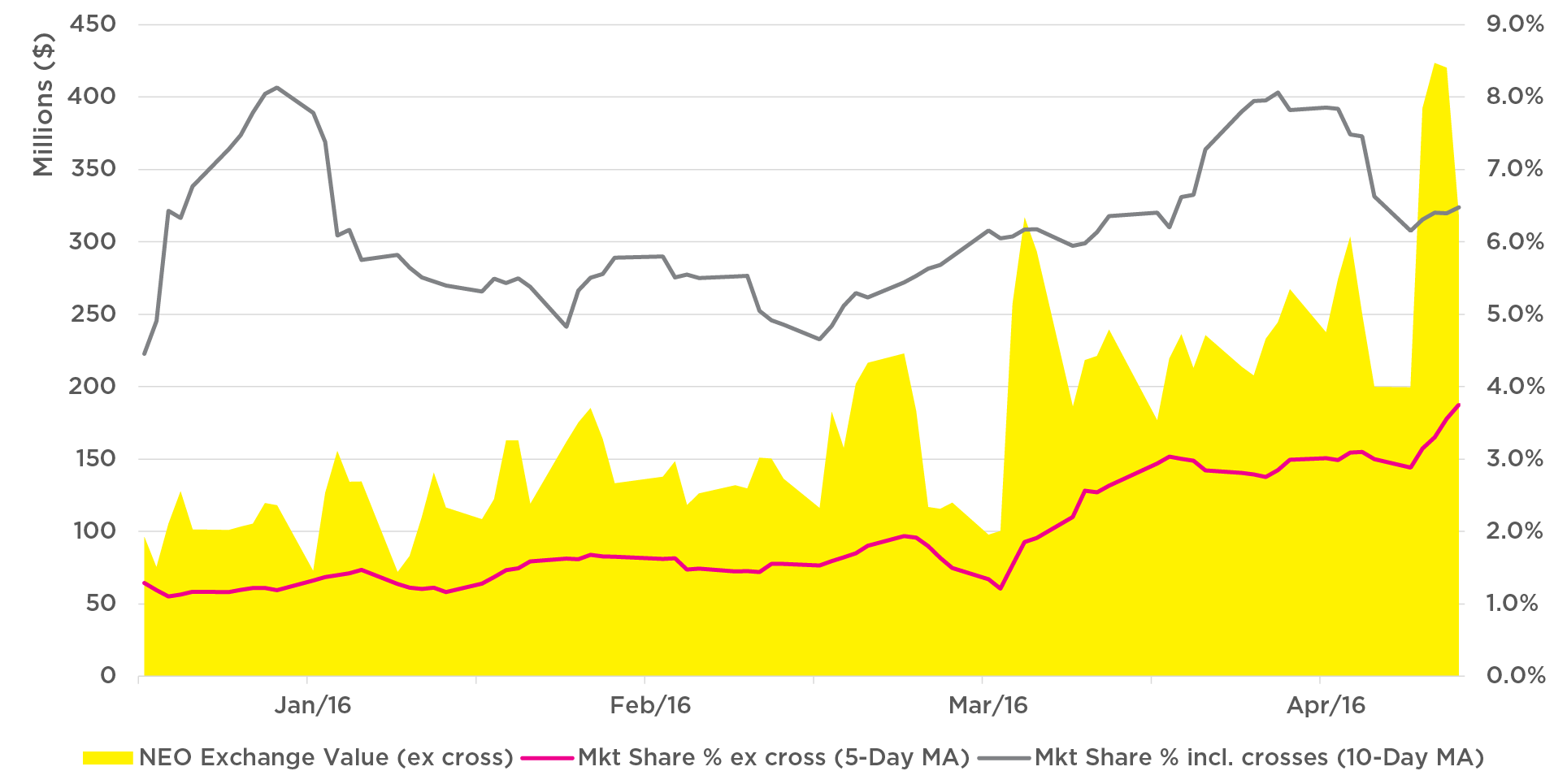Closing the Gap: Retirement Savings Strategies Across Generations
by Steve Johnian, Commonwealth Financial Network
Here’s the good news: According to the EBRI 2016 Retirement Confidence Survey, retirement confidence has increased. The bad news? Many are still waiting too long to start saving, and those who are saving aren’t saving enough, creating a sizable retirement savings gap. As a result, advisors find themselves in high demand as investors look for help in creating savings strategies that will close that gap and get them closer to a more comfortable retirement.
Of course, depending on which generation you’re talking to—millennials, Generation Xers, or baby boomers—the way you approach these discussions is likely to vary. As you seek to refine your retirement savings strategies across generations, and start taking advantage of each segment of the market, you’ll want to focus on the different wants, needs, and even communication styles that characterize these different groups.
According to the 2014 Wells Fargo Millennial Study, baby boomers place greater trust in personal financial experts than do millennials. So, if you want to reach millennials, you’ll need to focus on building trust-based relationships. A good place to start may be with the millennial children of your boomer clients, keeping in mind the following tips.
1) Remove preconceived notions. Most millennials don’t think they need a financial advisor, primarily because they don’t feel they have or earn enough money. To help dispel this preconceived notion, find transparent ways to show millennial prospects how you can help them and why it’s important—even at their age and level of asset accumulation.
2) Be more casual and approachable. Millennials are known as the most informal generation. With this in mind, try meeting in a more casual environment and leave the suit and tie at home. You want to show them that they’re on a level playing field with you as their advisor.
3) Embrace technology and innovation. This generation grew up in an era of constant technology advancements and innovation. As such, they will be looking to you for technology-based interactions: think e-mail and videoconferencing rather than phone calls and voice mails.
4) Be active on social media. Millennials grew up with social media and are comfortable both sharing their own lives and looking at other people’s lives online. It’s likely that your millennial client will track you and your practice through social media. So, meet them where they are: Post content geared toward millennials and issue event notifications and reminders to them through social media platforms.
5) Encourage collaboration. Millennials are an incredibly collaborative generation. They prefer guidance and discussion, and they want the opportunity to personalize their plan and be part of the process before a strategy is implemented. Welcoming a collaborative environment will help millennials feel more comfortable having a financial discussion and making decisions thereafter.
Managing debt. Millennials are the most indebted generation in history. The Wells Fargo study reports that 47 percent of millennials use more than half their monthly income to pay off debt, and only 55 percent have started saving for retirement. Before they feel like they can save, millennials may have other issues to address first. Here, your job is to help them prioritize coming up with a balanced budget to both manage their debt and start saving.
Changing jobs. A recent Future Workplace study found that 91 percent of millennials expect to stay in a job less than three years—meaning they often aren’t eligible for an employer savings plan. But as you’re well aware, this doesn’t mean millennials shouldn’t be saving for retirement. You can show them how saving in an IRA, for example, can help them keep up their retirement savings. Not only can IRAs be a great alternative during times of plan ineligibility, but explore opportunities to help these clients with frequent job-change rollovers if they are in an employer plan.
In addition to millennials, you’ll also want to make sure you're in tune with the needs of the Gen X and boomer generations. Although these two groups are in different stages of life, their needs are more closely related to each other’s than to those of the millennials.
Be focused and brief. Your Gen X and baby boomer clients are typically busy, stressed, and juggling a multitude of responsibilities that may be putting a squeeze on their financial well-being. They will appreciate when you keep things focused and brief.
Provide guidance. Keep in mind that unlike millennials who may need to start with personal finance 101, you can expect that Gen X and boomer clients already know a thing or two. You will likely be approaching these clients about how to catch up on their retirement savings, offering retirement income planning, or helping with legacy planning for older boomers.
These generations value transparency. Don’t be surprised if they come to a meeting already having done some research themselves. They will be looking to you for new ideas, so be a resource. They know they need to save more, but you can provide guidance on how much money they need to retire, where they fall short, and ideas on how to catch up.
How much they really need to retire. What will their savings balance mean in terms of income, and where do they fall short? Many boomers approaching retirement don’t know how much money it takes to retire and how to make it last.
Say your client wants to fund 30 years of retirement. Hypothetically, to withdraw $3,650 per month ($43,800 per year), increased at an annual rate of inflation of 3 percent, he or she will need a starting retirement balance of $1,000,000 earning a 5 percent annual rate of return. For many savers, a million dollars may seem like a lot of money, but once they see how that translates to income, they may be disappointed. Showing these savers a retirement income plan, what they will need, and where they fall short will help.
How to catch up on savings. What ideas can you offer to help clients catch up and stay on track? One option is to demonstrate the benefit of funding a Roth IRA.
- Earnings in a Roth grow tax-free.
- Roth IRAs do not have required minimum distributions; your clients’ money will work for them until they need it.
- If your clients are ineligible to contribute to a Roth IRA, show them creative ways to fund one, such as the backdoor Roth strategy or the single distribution rule, which allows after-tax contributions to a qualified retirement plan to be rolled to a Roth later.
Other clients may already be saving all they can, running the risk of scrimping so much now that they’ll need to tap their retirement savings early. Show them how premature distributions can significantly affect their account’s growth, and help them build an emergency fund to curb the need for early distributions.
Whatever the generation, customizing your approach and communications in ways that are meaningful is an important way to increase your effectiveness. By refining your retirement savings strategies across generations, it will help build trust with millennials, guide Gen Xers and boomers in how to save better, and keep your business relevant to all clients.
Are you able to reach millennial prospects and clients through social media? What are the primary retirement concerns for your Gen X clients? Please share your thoughts with us below.
Commonwealth Financial Network is the nation’s largest privately held independent broker/dealer-RIA. This post originally appeared on Commonwealth Independent Advisor, the firm’s corporate blog.
Copyright © Commonwealth Financial Network
















